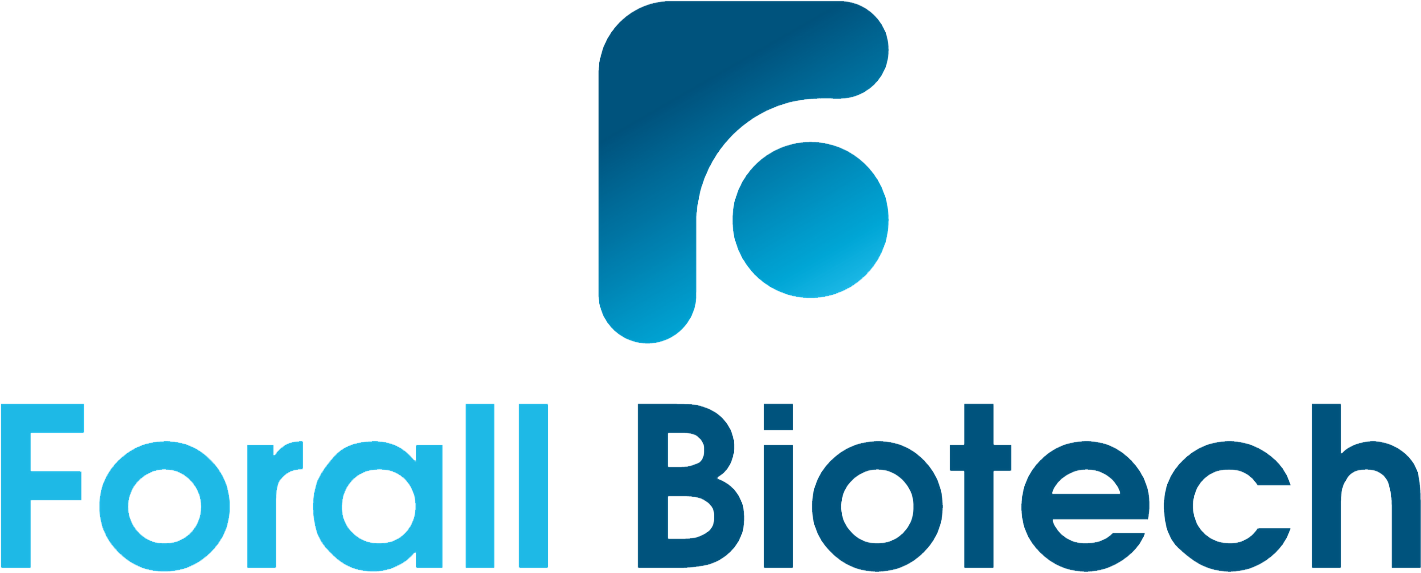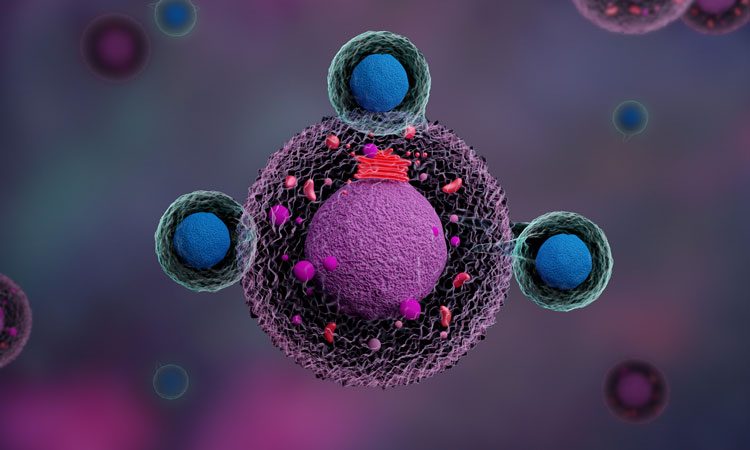The annual conference hosted by the Taiwan Antibody Association: “New Generation Immunotherapy: from Discovery to Development!” Divides the development of antibodies into: CAR-T and Antibody-Drug Conjugates , ADCs) and cancer-immunotherapy (immuno-oncology) and other three major themes, invited domestic and foreign experts, advanced industry participants, to share the latest developments in antibody drugs.
CAR-T feature.
Glioblastoma multiforme (glioblastoma multiforme, GBM) is an extremely malignant brain tumor. Clinical treatment options are limited, and surgical resection is still the main treatment method. Faced with such a difficult disease, immunotherapy will inevitably become the focus of public expectations. Dr. Bryan D. Choi of Massachusetts General Hospital and Harvard Medical School shared the methods of using immunotherapy to treat GBM. From his research, he has provided a strategy that can break through the existing restrictions Behavable. Dr. Choi said that since 1989, CAR-T has emerged as the most widely watched cancer treatment strategy today. CAR-T-related trials exceeded 100 in 2016, 2.5 times the previous year In the future, it will grow year by year, including major pharmaceutical companies such as Juno, Novartis, and Kite. However, there are still many breakthroughs in the application of CAR-T therapy to solid tumors such as brain tumors. Next, he pointed out that the tumor is heterogeneous. The concept of multiple antigens made him try to target more than one target antigen, attempting to increase the target efficiency to more than 90%, and changing the tumor through CARs secreting cytokines The tumor microenvironment breaks the tumor comfort zone and improves the effectiveness of immunotherapy.
Starting with the origin of CAR-T therapy, Dr. Zhang Yuxiang of National Taiwan University explained the development process of CAR-T and the latest progress in the treatment of B-cell malignancies. Dr. Zhang said that the development of CAR-T therapy is inseparable from biomarkers. Changing the signaling domain can change quite a lot of CAR-T characteristics. In addition, he also mentioned that dual targeting can be used to overcome the common immune escape phenomenon of CAR-T therapy. However, CD19 was selected as a potential target for the treatment of B-cell malignancies, and the CAR-T performance and clinical response were tested on the first and tenth days. Therapy has higher overall survival, and in the future, it will be possible to replace the in vitro method of making CAR-T cells in vivo.




 繁體中文
繁體中文